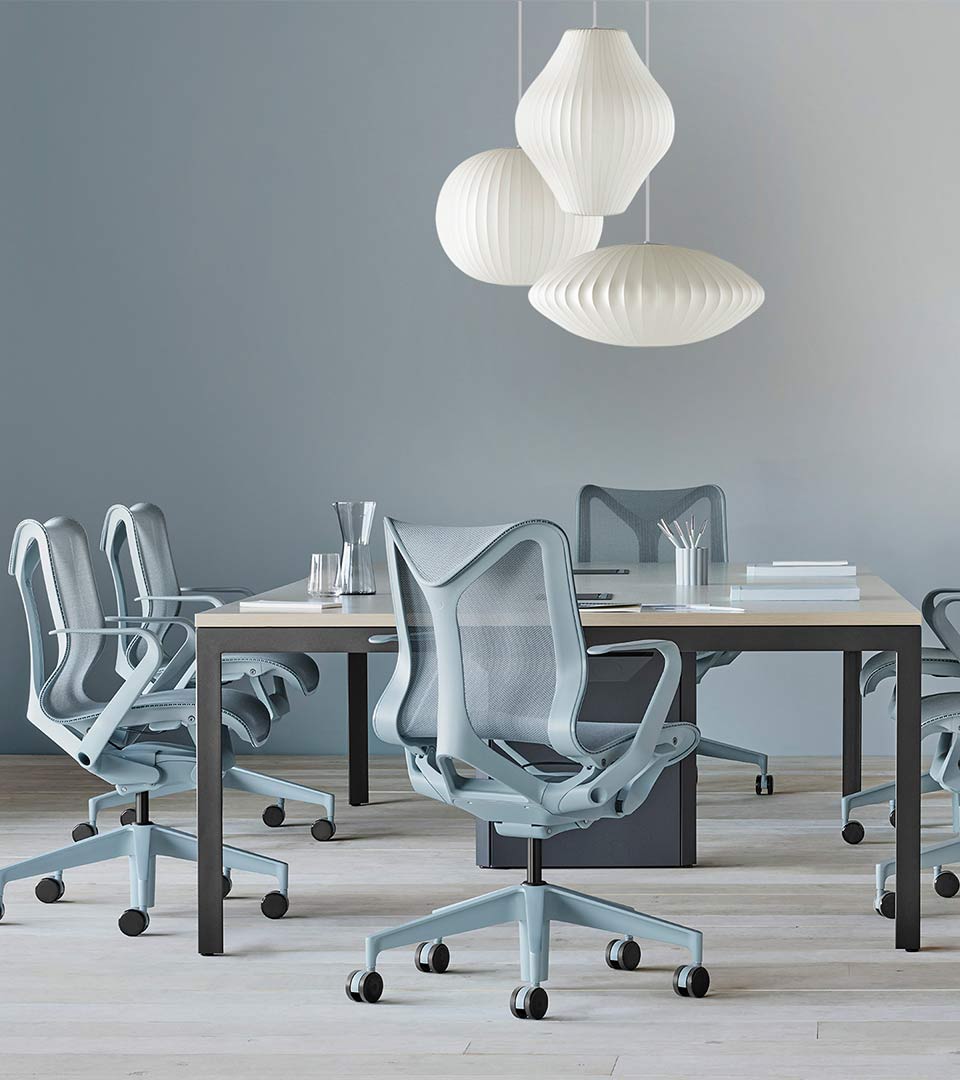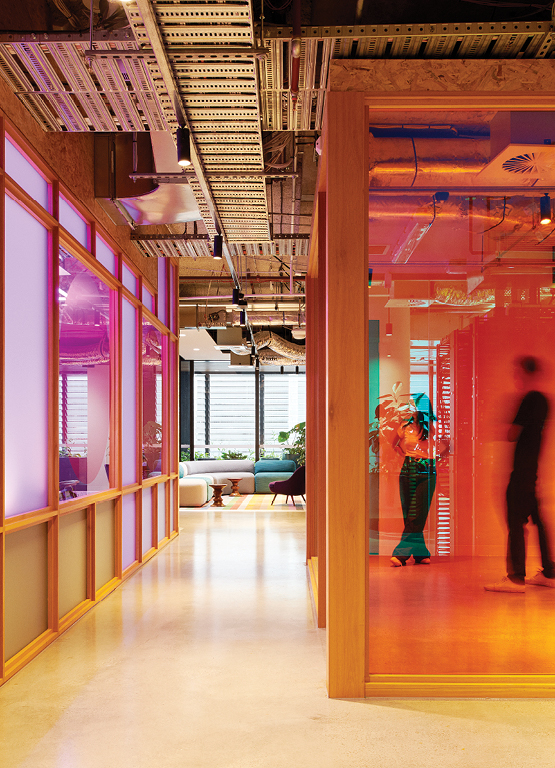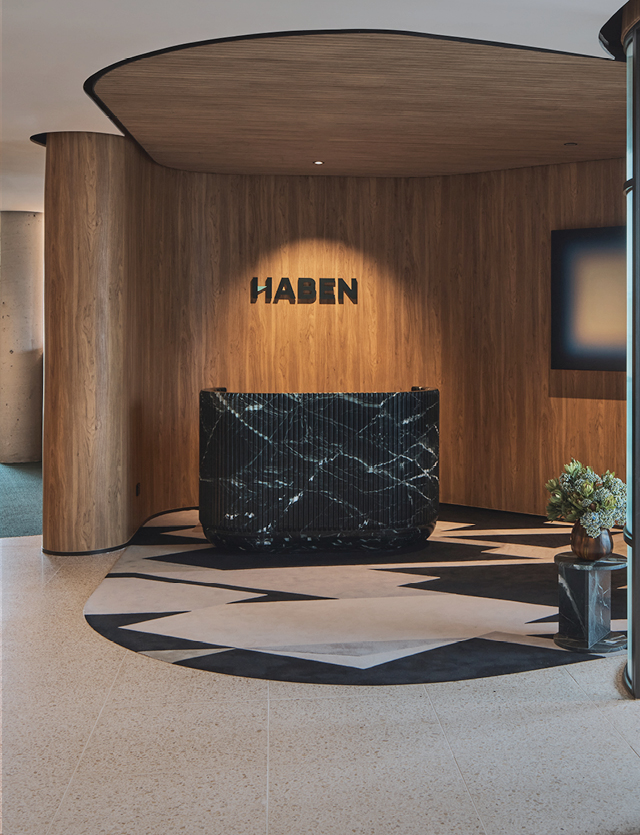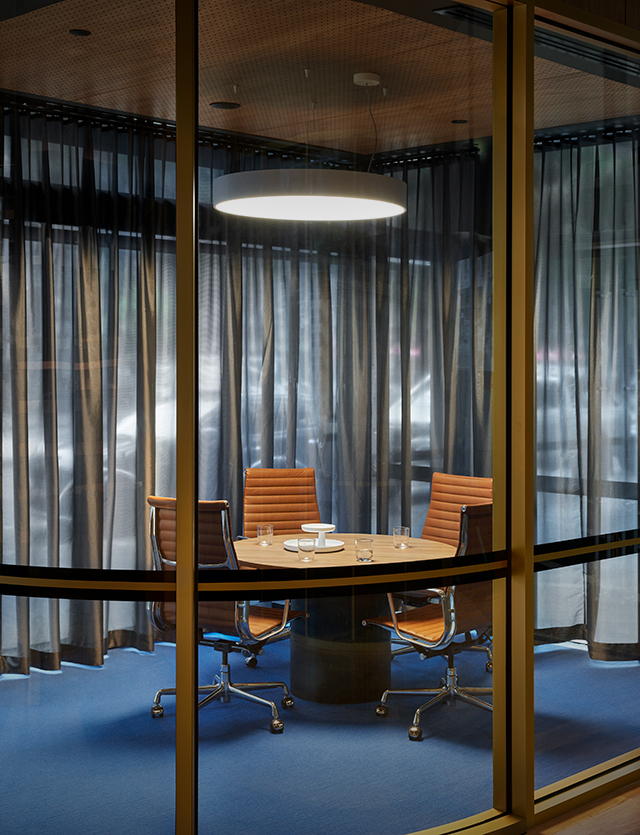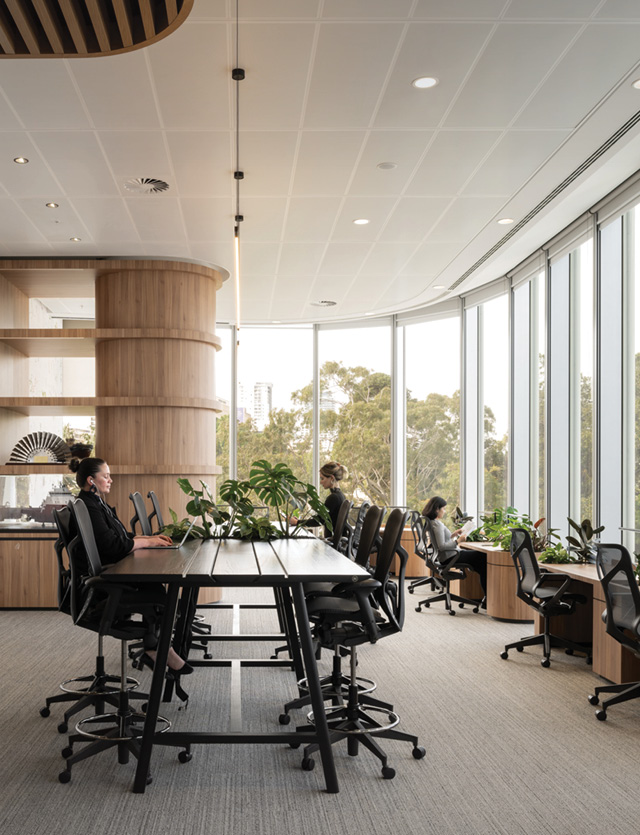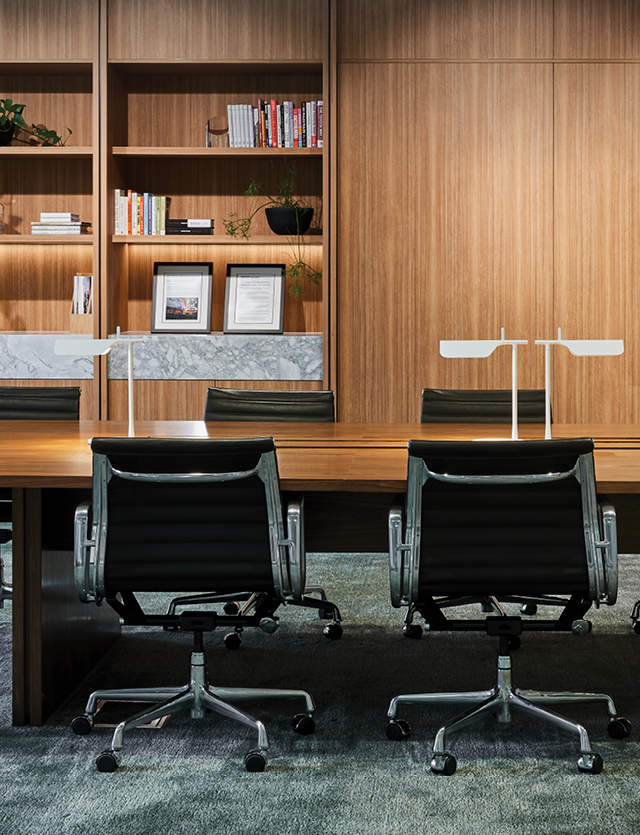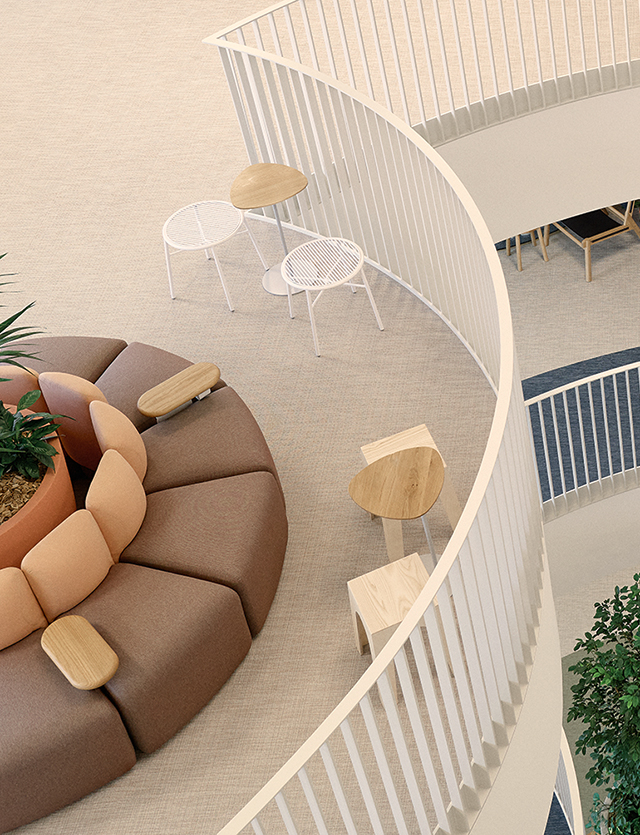After working closely with both Australia Post and Hassell, Living Edge helped restore and reintegrate thousands of existing assets, turning the fit-out into the largest Relive project to date. The result is an example of how a circular approach can create a space that embodies function, community, and long-term environmental thinking.
When the time came for Australia Post to plan for the move of their Melbourne Support Centre, the goal wasn’t just relocation, it was transformation. A co-design process from day one, Living Edge was engaged by Australia Post to assist with the project. With sustainability as a guiding principle from the outset things quickly evolved into more than just a physical move. As the organisation set out to reimagine how the workplace could be created, through repair and reuse, Living Edge was able to apply expertise provided through our Relive program.
At Living Edge, we believe the circular economy has the power to help tackle several of our industry’s biggest challenges. It’s estimated that each year Australia generates 30,000 tonnes of commercial furniture waste, with 95% of this ending up in landfill. A lack of design focus on sustainability means that commercial furniture can be difficult and costly to repair and may incorporate hard-to-recover materials, preventing it from being recycled. The Relive program by Living Edge directly tackles this challenge by helping organisations achieve the best possible outcome for every product recovered, prioritising repair, reuse, or resale, whilst expanding recycling capability to prevent products and materials being lost to landfill.
“Australia Post perfectly demonstrates the long-term value of investing in high-quality, durable design that is designed for refurbishment and repair.”
– Guy Walsh, Sustainability Strategist - Living Edge
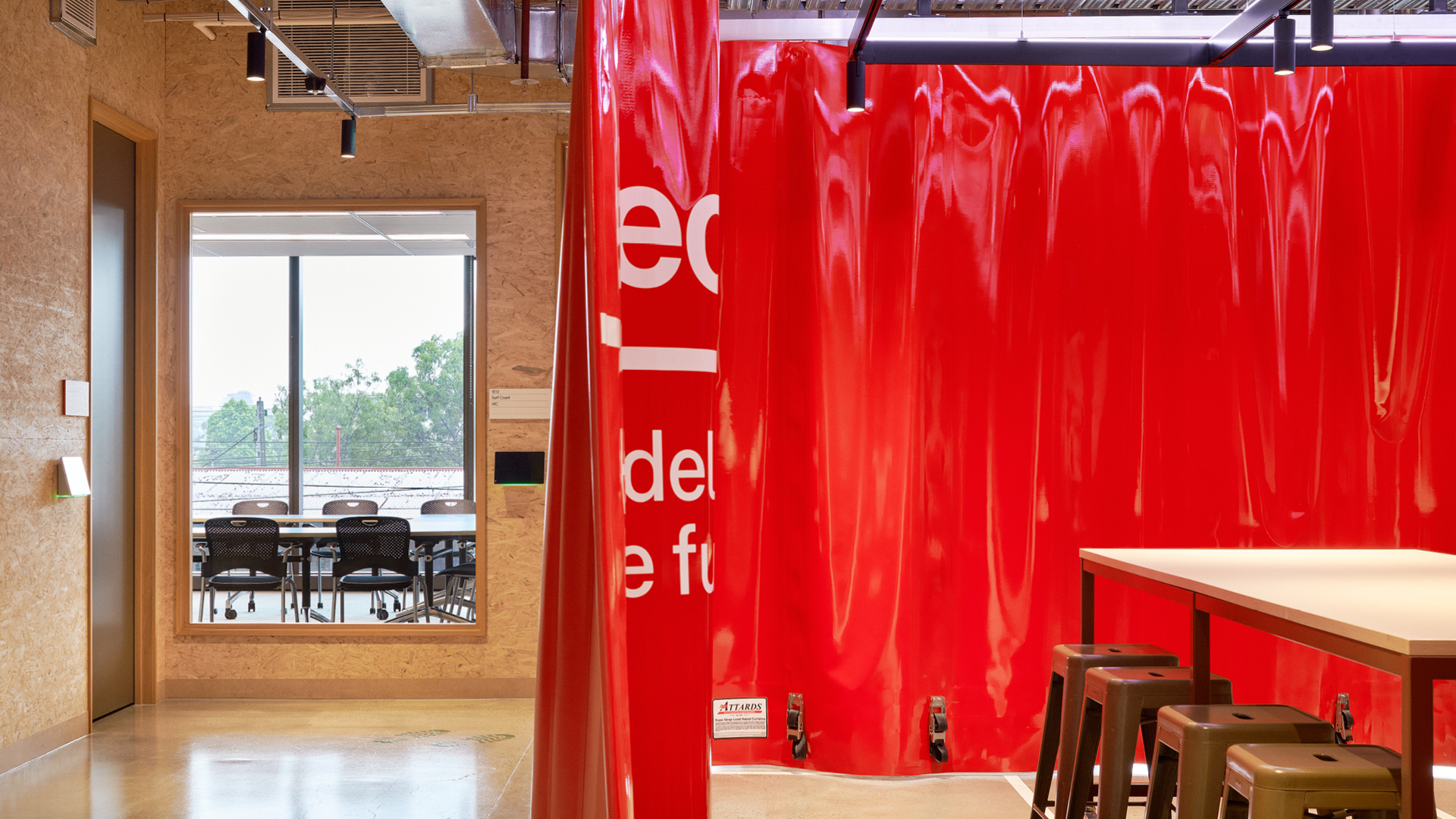
Pictured: Herman Miller Caper Chairs and Eames Segmented Base Tables
Australia Post had purchased a large portion of furniture from Living Edge when they originally moved into 111 Bourke St in 2009. As Kate Osborn, Project Manager - Australia Post, explained. “The decision to reuse came early. Australia Post owned a significant volume of quality office furniture at 111 Bourke Street, including Herman Miller Mirra task chairs and Caper chairs, Eames Aluminium Group tables and chairs and a selection of Walter Knoll loose furniture items. Having refinished and upgraded several items previously over the years, it was decided to again repurpose furniture for our new support centre, to extend each item’s life, save project costs, and reduce landfill waste.”
International design studio, Hassell was engaged and supported embedding circular thinking from day one. “Our collaboration with Australia Post and Living Edge on the Relive pieces was a true partnership built on transparency and shared goals,” explains Dan Cox, Principle - Hassell. “It began very early in the project, long before the specific design elements were finalised. We engaged with Living Edge to understand the full scope of their Relive capabilities and the condition of Australia Post's existing furniture inventory.”

Pictured: Herman Miller Mirra Chairs
After working closely with both Australia Post and Hassell, Living Edge helped restore and reintegrate thousands of existing assets, turning the fit-out into the largest Relive project to date. The result is an example of how a circular approach can create a space that embodies function, community, and long-term environmental thinking.
Bryan Mahony, Director - Living Edge, emphasised this in saying, “the initial conversations began with a furniture budget, and it became clear that there was real appreciation for the original products. Australia Post had already invested in quality. Relive allowed us to build on that value.”
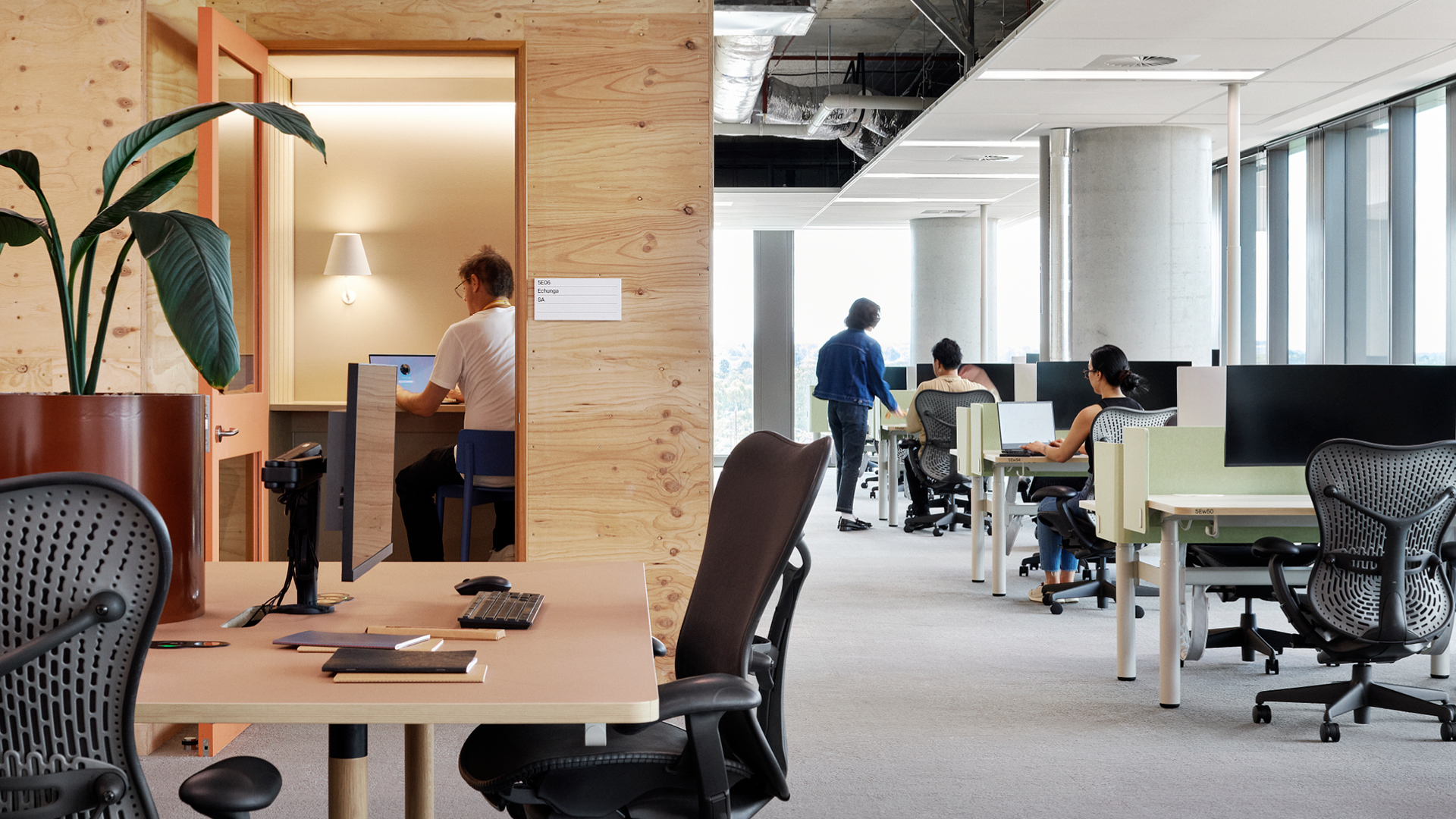
Pictured: Herman Miller Mirra Chairs
The purpose of the Relive program is to help clients create a second life for their furniture assets at the end of a tenancy or use cycle, however the program has other goals it can achieve for all stakeholders involved. “We felt that this purpose aligned perfectly with Australia Post’s desire to achieve a combination of strategic goals for their new Swan St support Centre,” explained Walsh. Relive provided a platform for Australia Post and their design team to maximise the opportunity to repair and reuse existing furniture, reducing waste and cutting embodied carbon. “As an added benefit, this focus on reuse created a tangible way for Australia Post to engage their team on the organisation’s sustainability mission,” said Walsh.
“One of Australia Post’s goals in our Sustainability Roadmap is to facilitate a circular economy. This means looking for new opportunities to improve processes to reduce waste to landfill. This program was a significant achievement and allowed us to reach this goal for the 2023-24 FY.”
– Kate Osborn, Project Manager - Australia Post
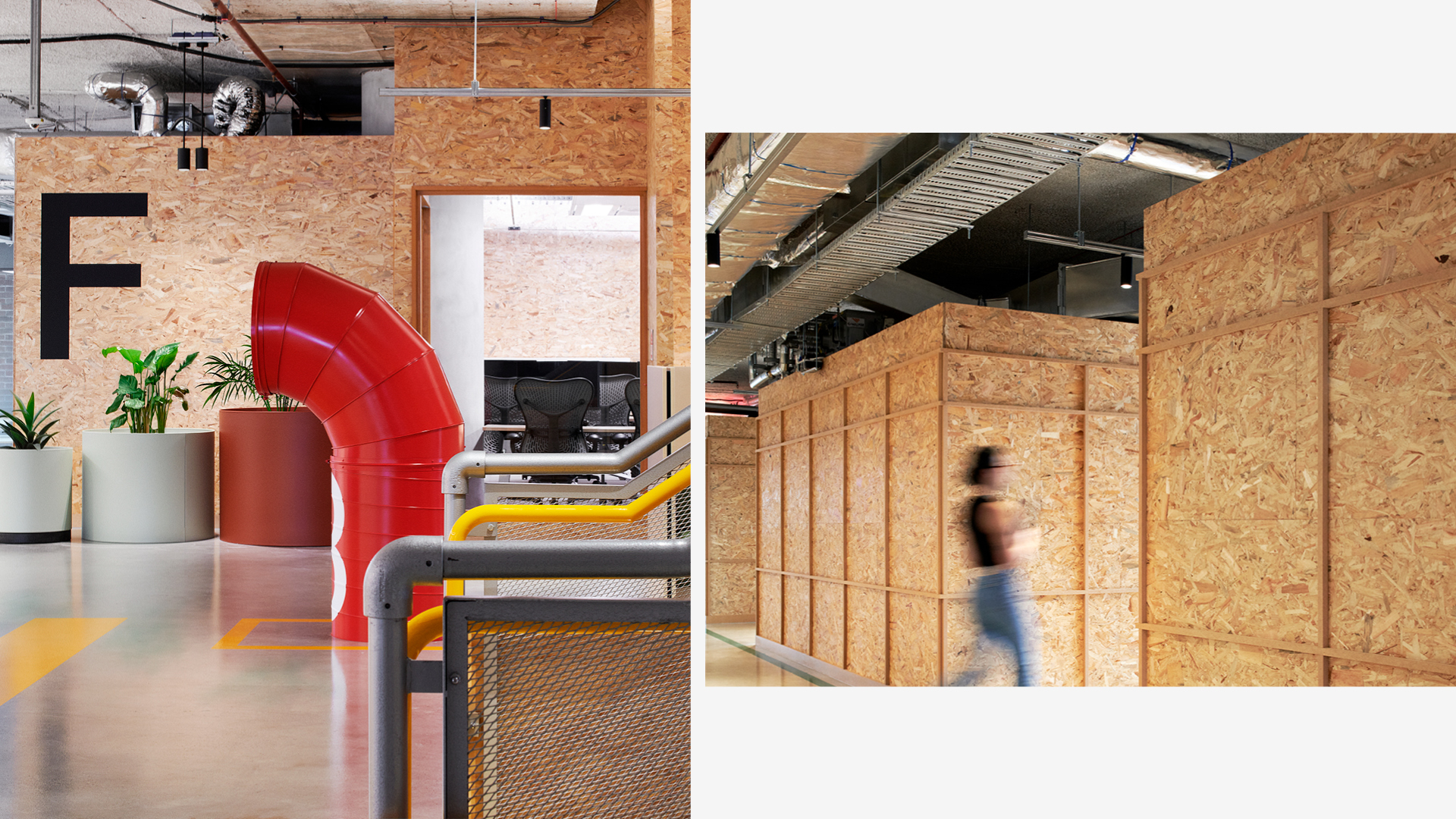
Pictured: Herman Miller Mirra Chairs
Additionally, the Relive program enabled the project team to deliver cost savings by making the most of the Australia Post’s investments in high quality and durable products in the past. “We believe this is a perfect example of the long-term benefits of investing in high-quality products,” said Walsh. “We felt that embracing the look and feel of refurbished and reused products aligned well to Hassell’s ‘homely warehouse’ aesthetic, which aimed to build a connection between the team at the support centre and Australia Post’s frontline workers and fulfilment centres.”
The scale of refurbishment was significant. Over 1,800Herman Miller Mirra task chairs were audited, restored, and redeployed, diverting nearly 30 tonnes of material from landfill. “One of the most valuable takeaways from the Australia Post project was our Herman Miller technician’s innovative approach to cleaning and reconditioning the Mirra task chairs on site,” said Walsh. Through a custom-developed mobile refurbishment setup, technicians were able to clean and restore many chairs prior to the move, eliminating transport emissions and operational disruption. A detailed mechanical audit determined that while some chairs were unfit for reuse, an estimated 5.3 to 5.6 tonnes of components were salvaged as spare parts, leaving less than one tonne potentially destined for landfill.
“Living Edge provided invaluable insights into the feasibility and cost-effectiveness of various refurbishment options. For items like the Mirra chairs, their on-site refurbishment program was key.”
– Dan Cox, Principle - Hassell
Working with Australia Post, Living Edge conducted a comprehensive audit, graded each item by condition, and developed a refurbishment strategy. Beyond task chairs, Living Edge refurbished and redeployed:
• 1800 Mirra Task Chairs
• 160 items of Eames-designed furniture
• 100+ meeting tables
• 26 pieces of reupholstered Walter Knoll furniture
• 450+ loose furniture items overall

“I think Relive really works for Living Edge,” said Mahony. “As we already provide beautifully designed, quality, durable furniture to our clients in the initial stage, that allows them the option at the end of a lease or the lifecycle of the fit-out to either re-use, re-condition, or re-sell their existing furniture. Hence our motto: ‘Furniture for Life.’”
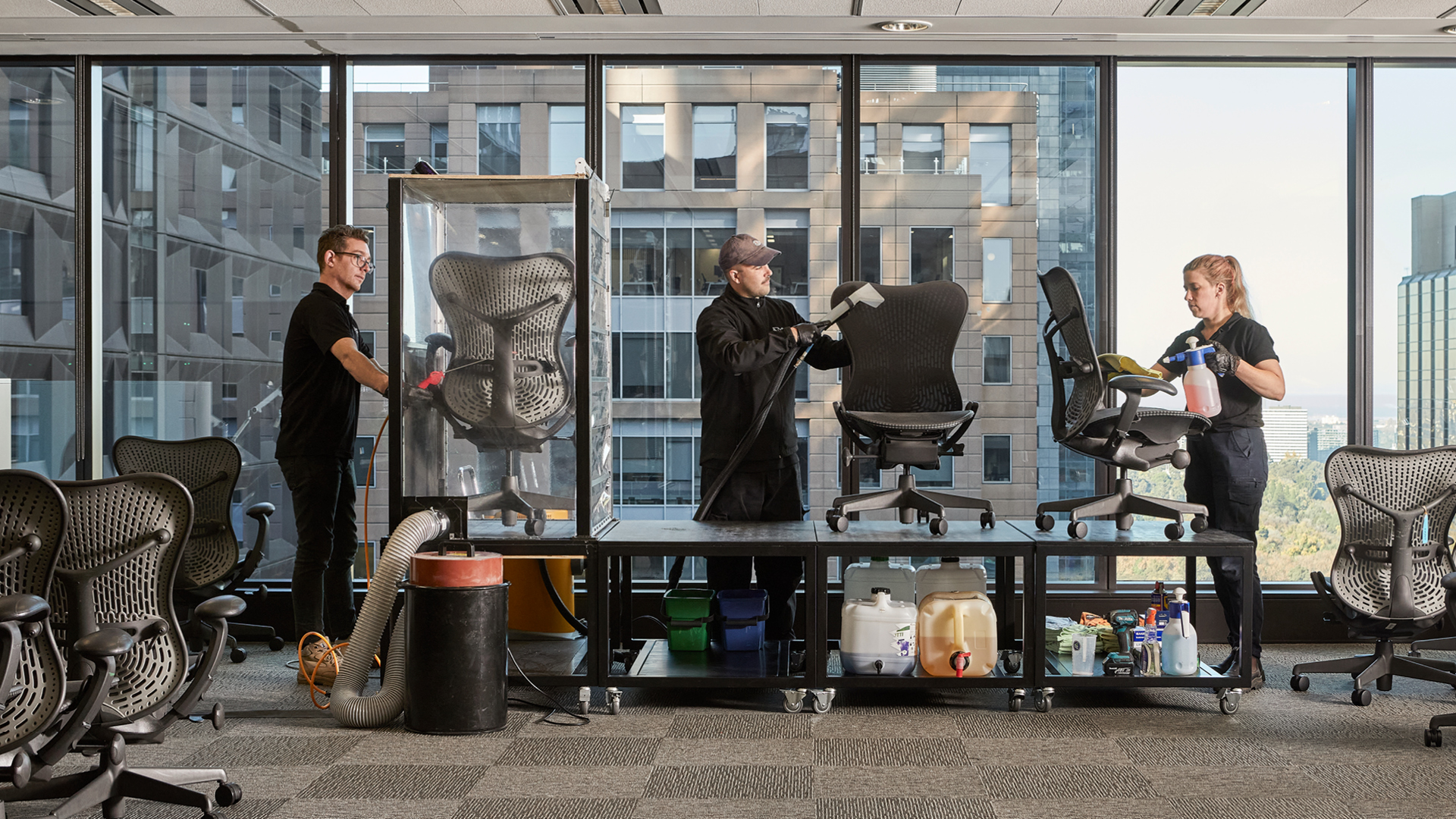
Lessons in Circularity
As a result, the project exemplifies how reuse can meet overlapping goals. Key learnings included the benefit of auditing early, integrating refurbishment timelines with broader construction schedules, and piloting prototypes before rollout. “Our technician developed a vacuum tent and compressed air system to clean the Mirra task chairs. That sort of problem-solving only happens when the team is aligned,” Walsh said.
The success of the 480 Swan St office has led to plans for an additional floor using Relive. But perhaps more significantly, it’s helped set a precedent. “As we continue to refurbish and construct new environments, reuse will be critical,” Osborn said. “This project has shown our people what’s possible.”
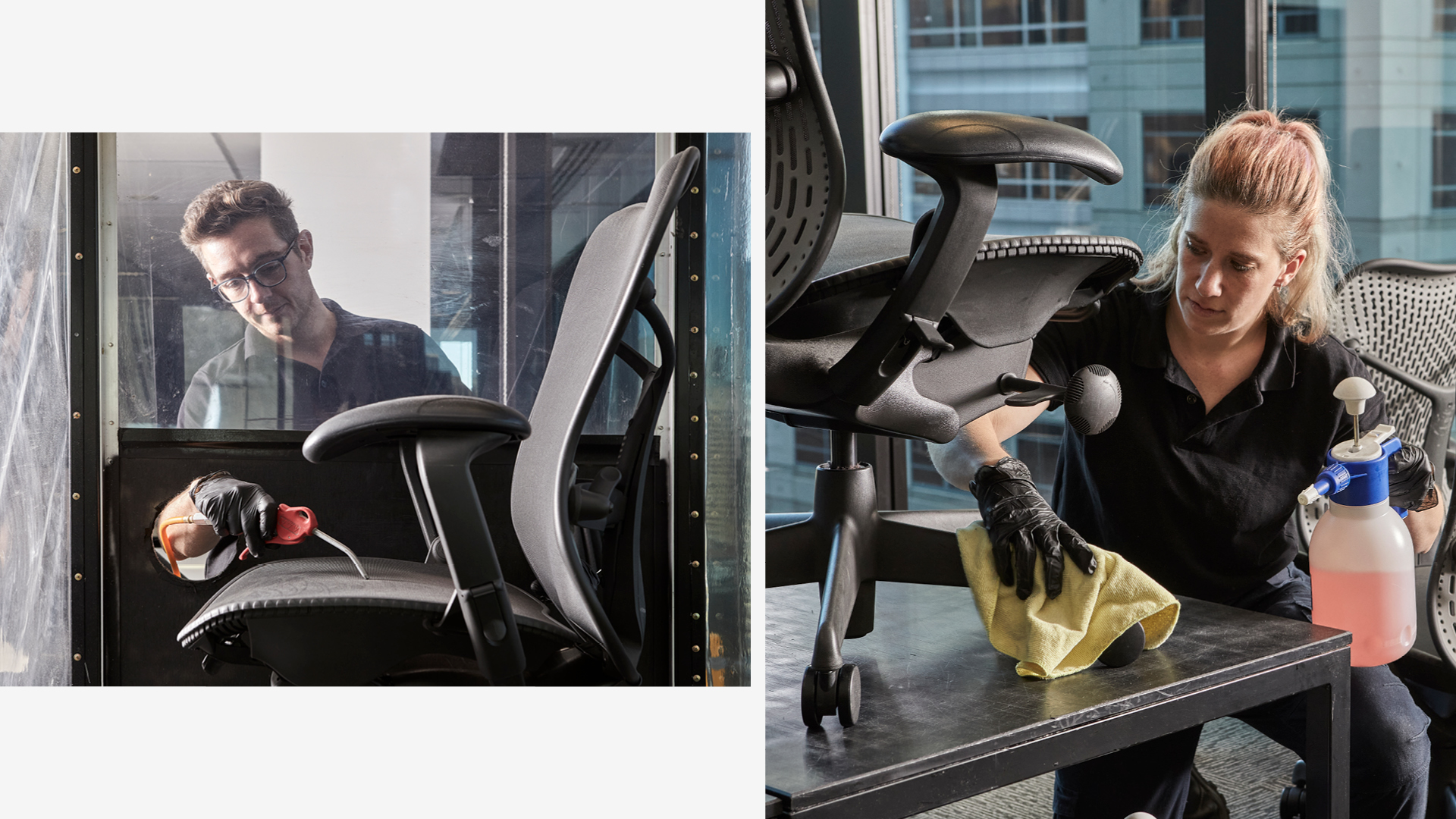
According to Cox, the long-term influence is just beginning, “this project proves that ambitious reuse targets can be met without compromising quality or performance. It sets a new benchmark for what the industry should expect when it comes to circular design in the workplace."
“The real proof is in the fact that people didn’t realise many items were reused. They just work. And that’s what good design does, it endures.”
– Bryan Mahony, Director - Living Edge
The Australia Post Melbourne support centre is more than a case study; it’s a call to action. It proves that sustainability and design integrity are not mutually exclusive, and that with foresight and collaboration, reuse becomes a strategic asset. “The decisions organisations make today: what they buy, how they design, will shape their ability to reuse tomorrow,” said Walsh. “Relive is here to support that long-term vision.”
Design by: Hassell
Photography: Provided by Australia Post
Relive Photography: Dave Kulesza

